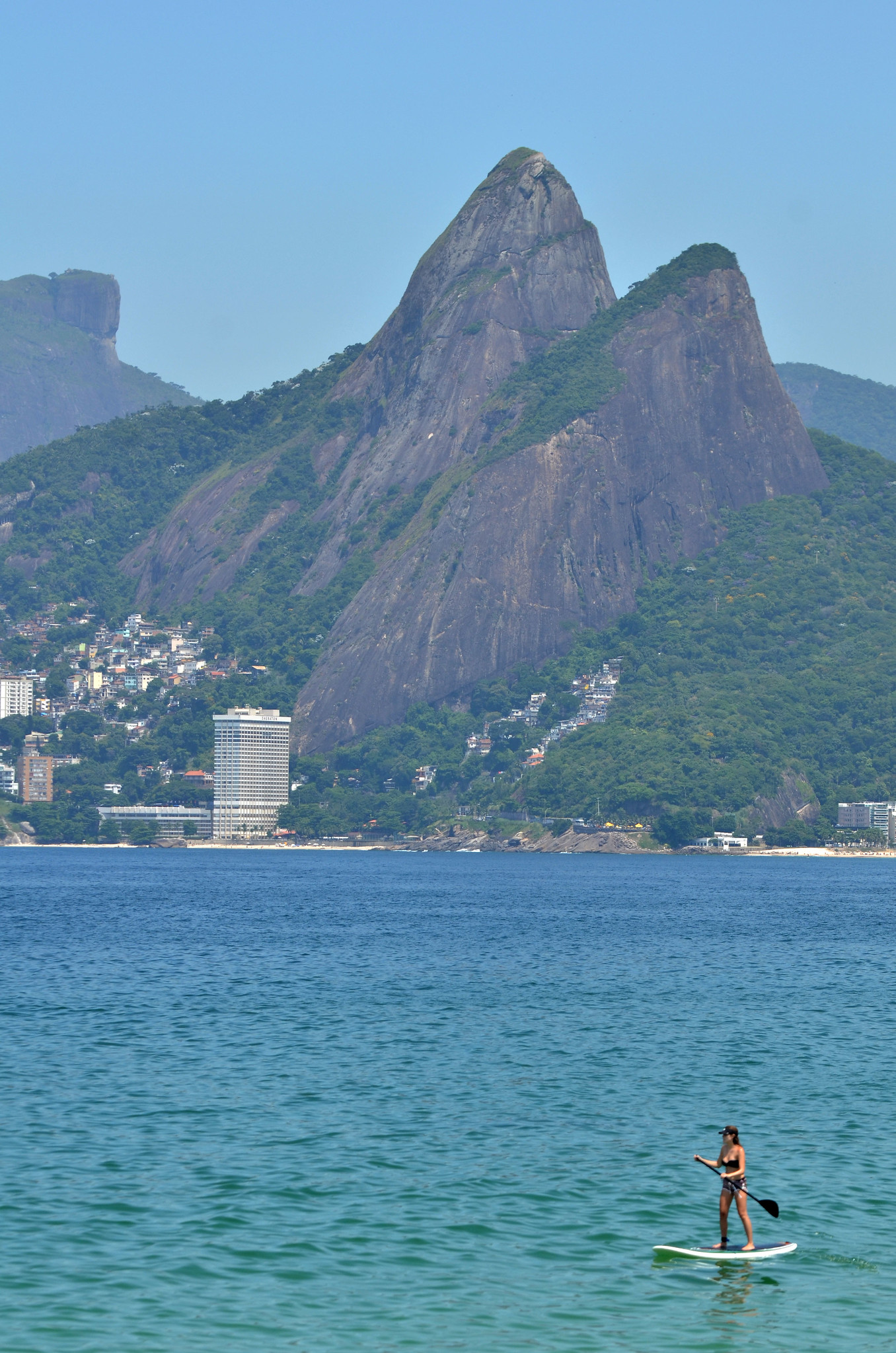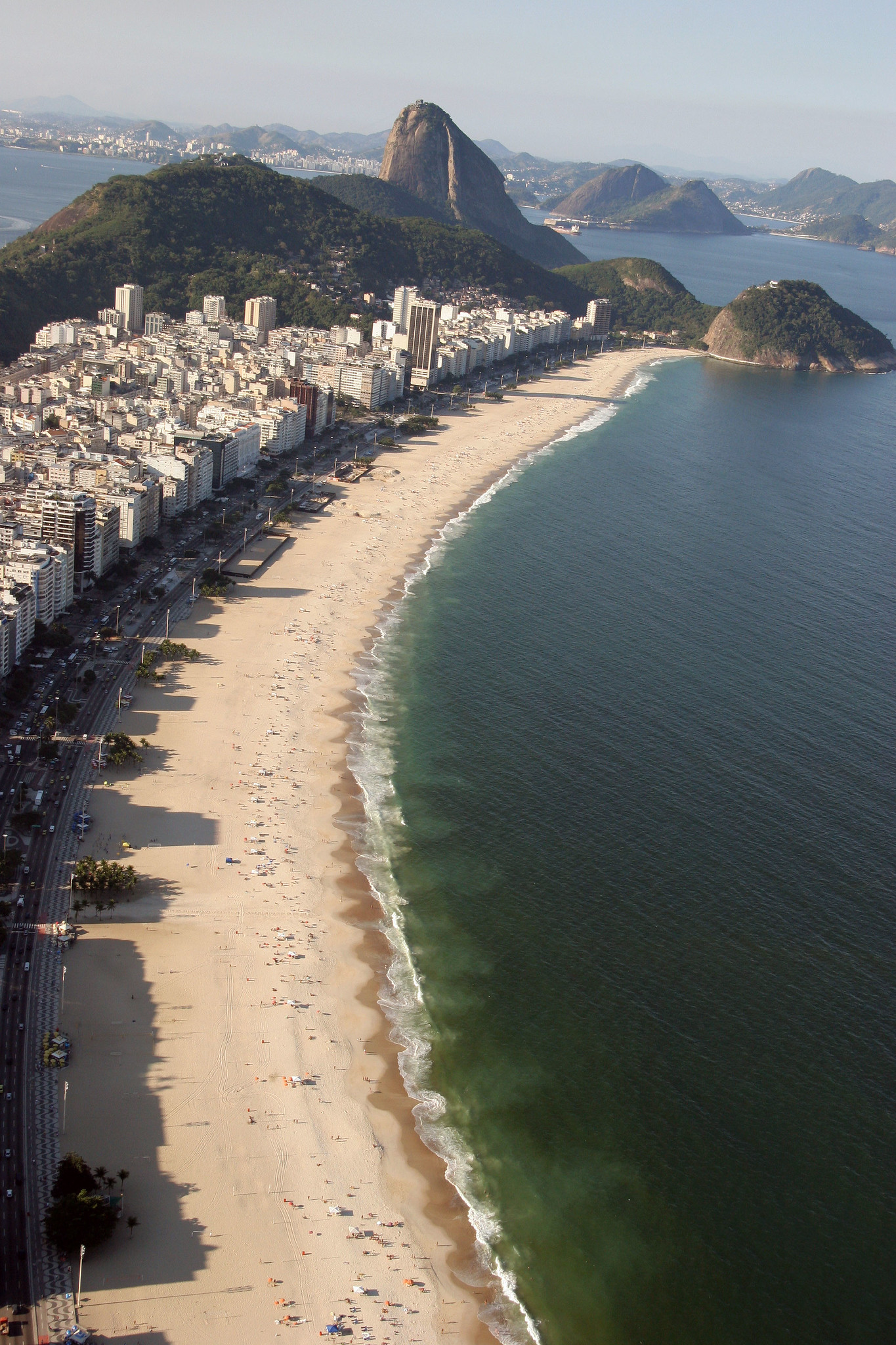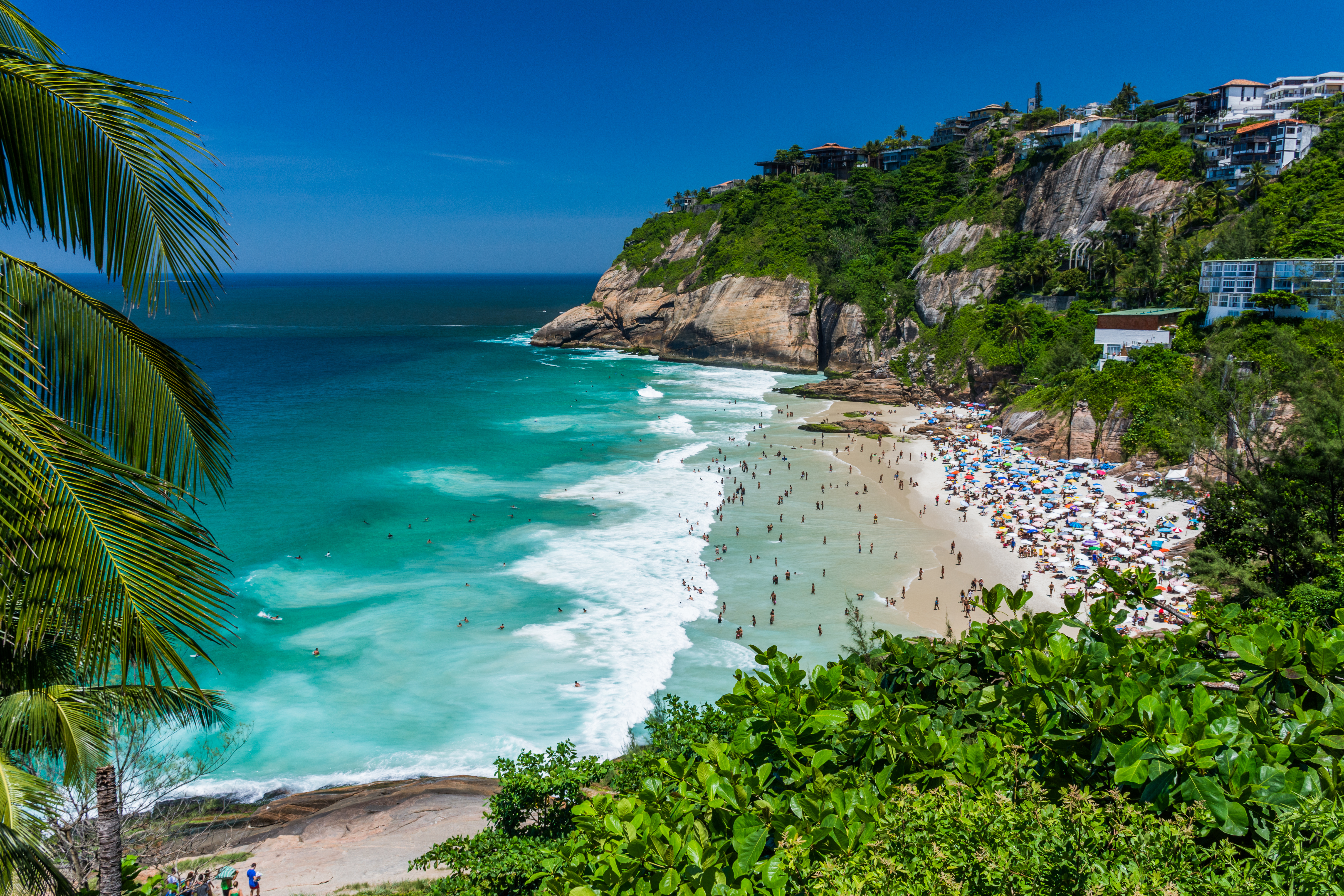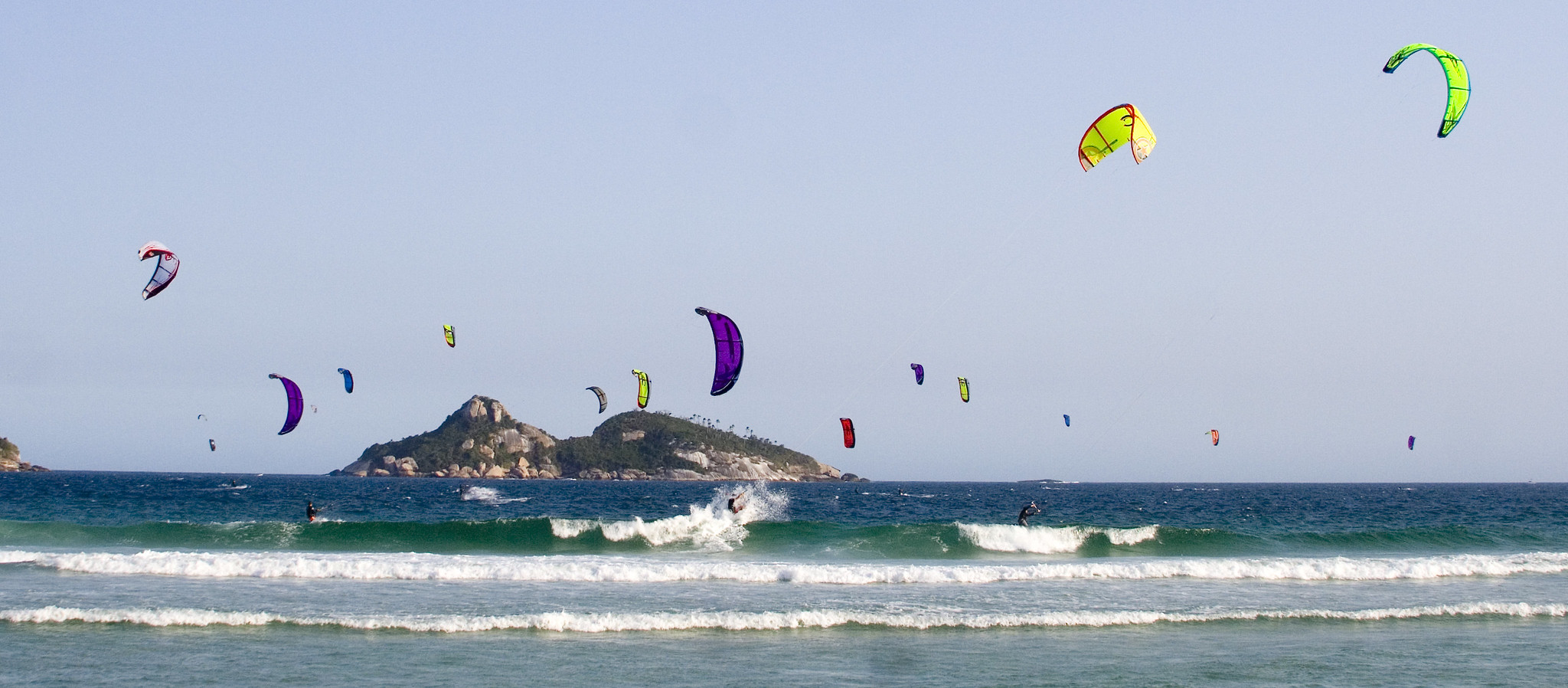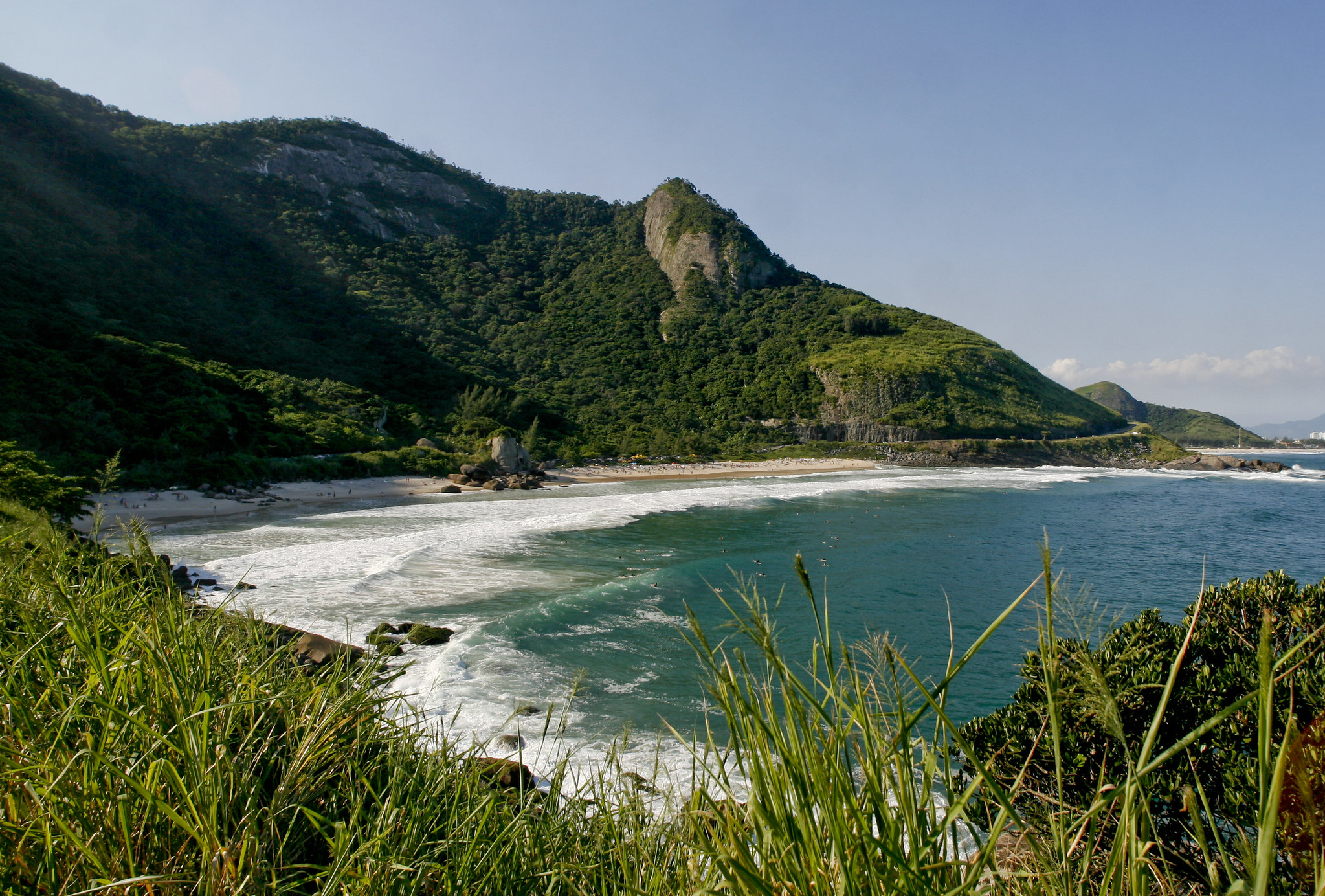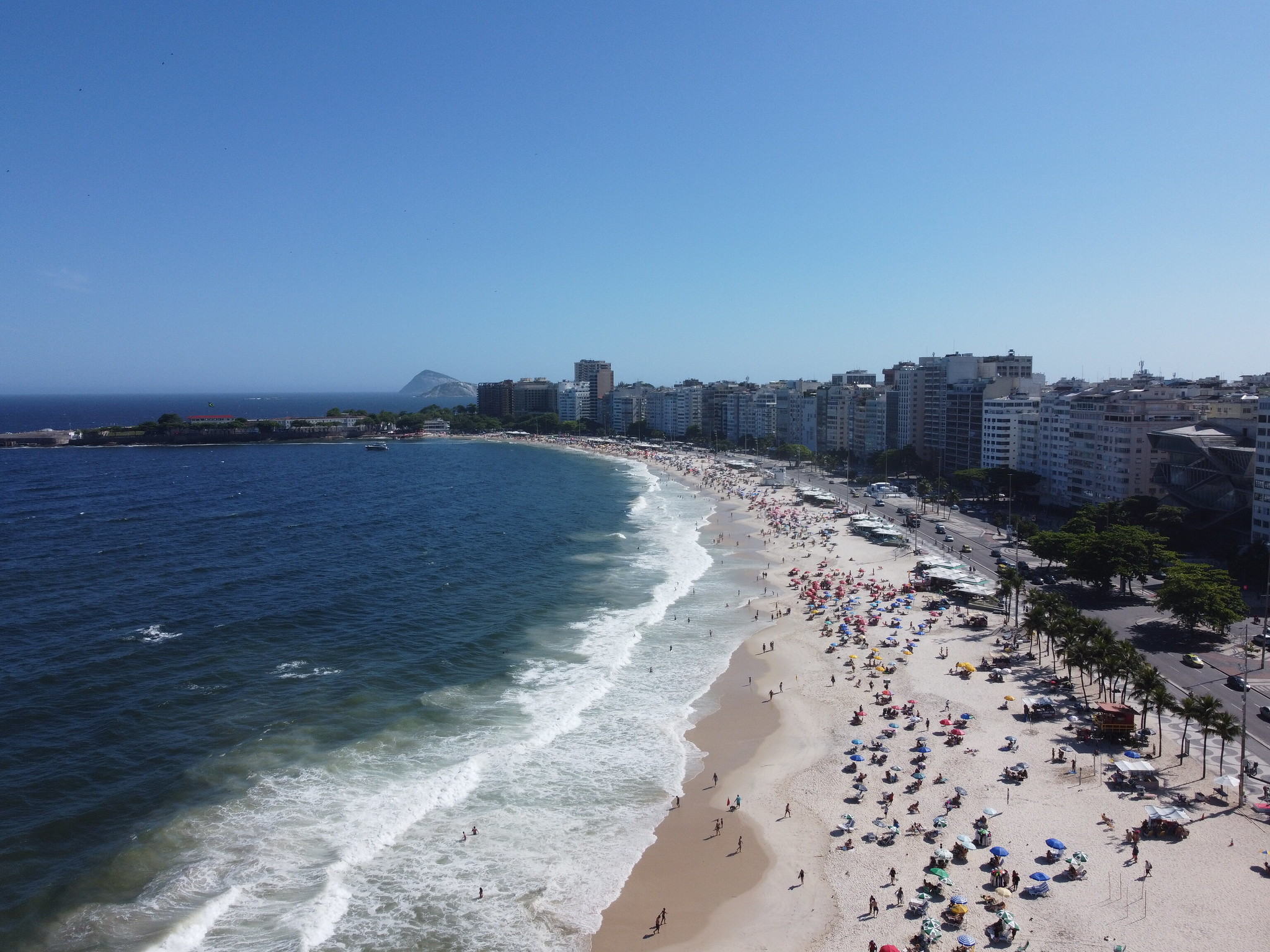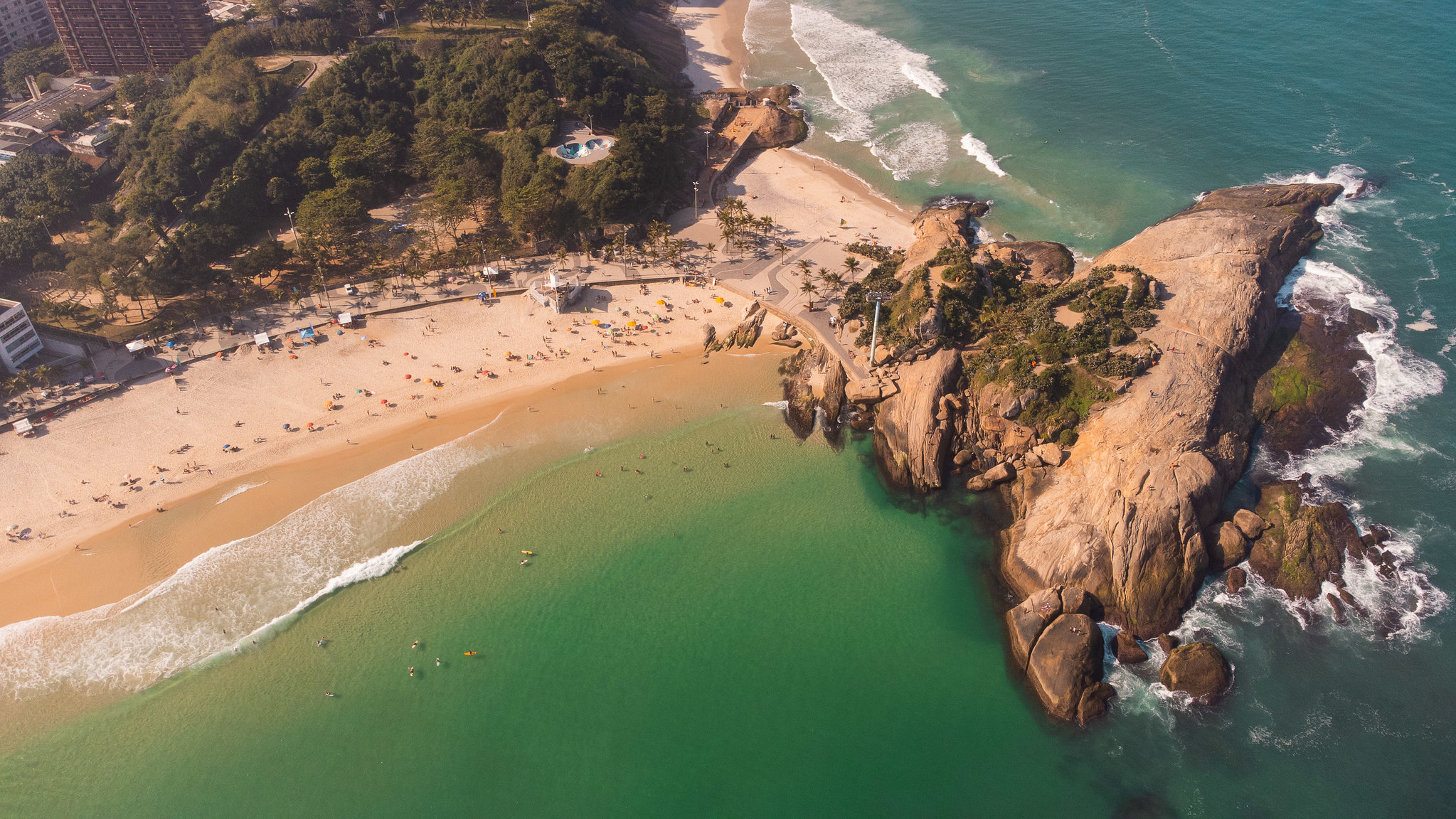Grumari
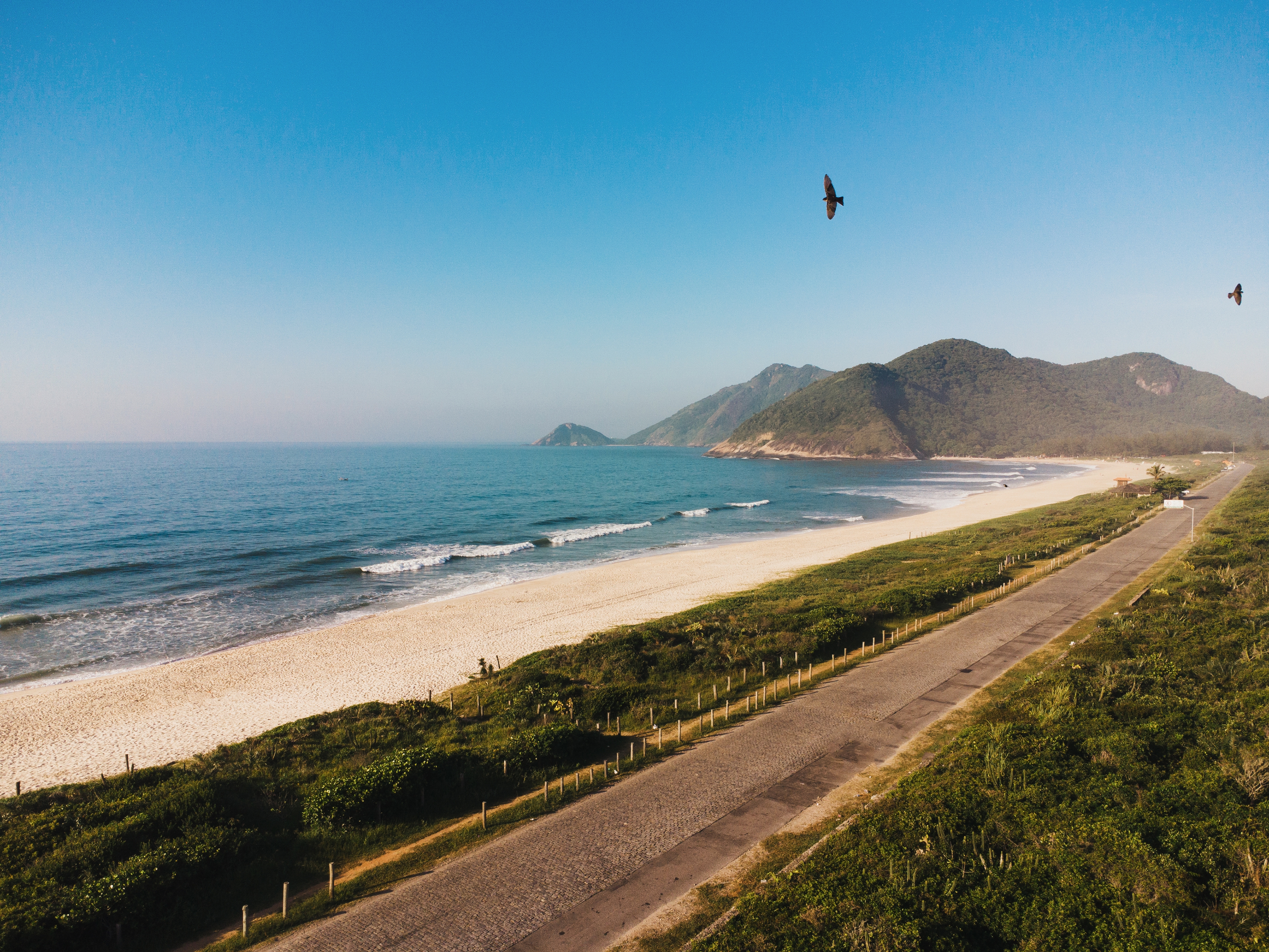
Two miles of sand and calm waters
According to Big 7 Travel, Grumari is among the 50 best beaches in the world to visit during the summer holidays. Families tend to favor this beach for its calm waters and because there’s plenty of space for children (although it can get crowded over the weekend).
Located west of Barra da Tijuca, Grumari has limited dining and shopping options nearby, so bring your own food and drinks if you plan to spend time here. The rustic beach is in an environmentally protected zone.

